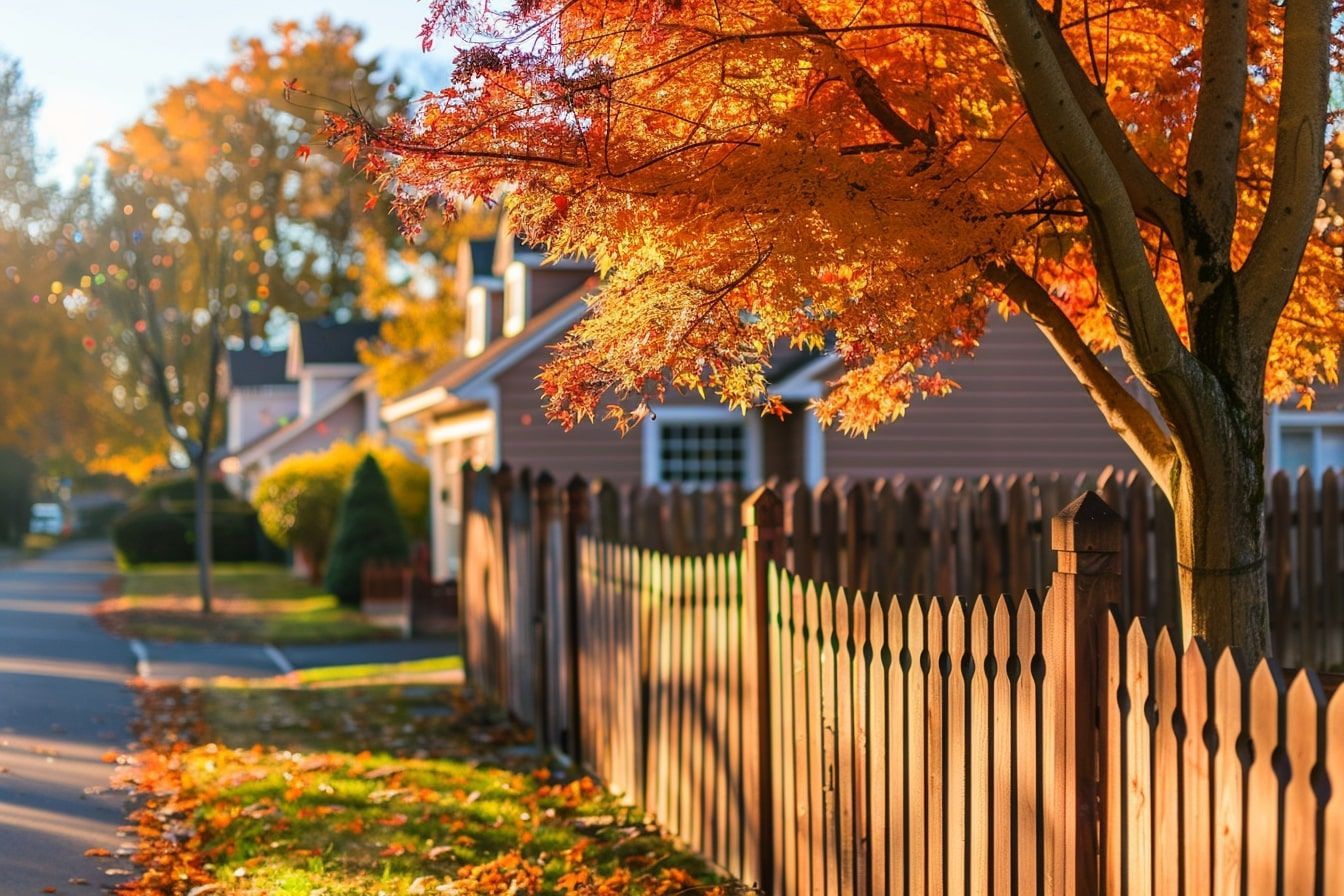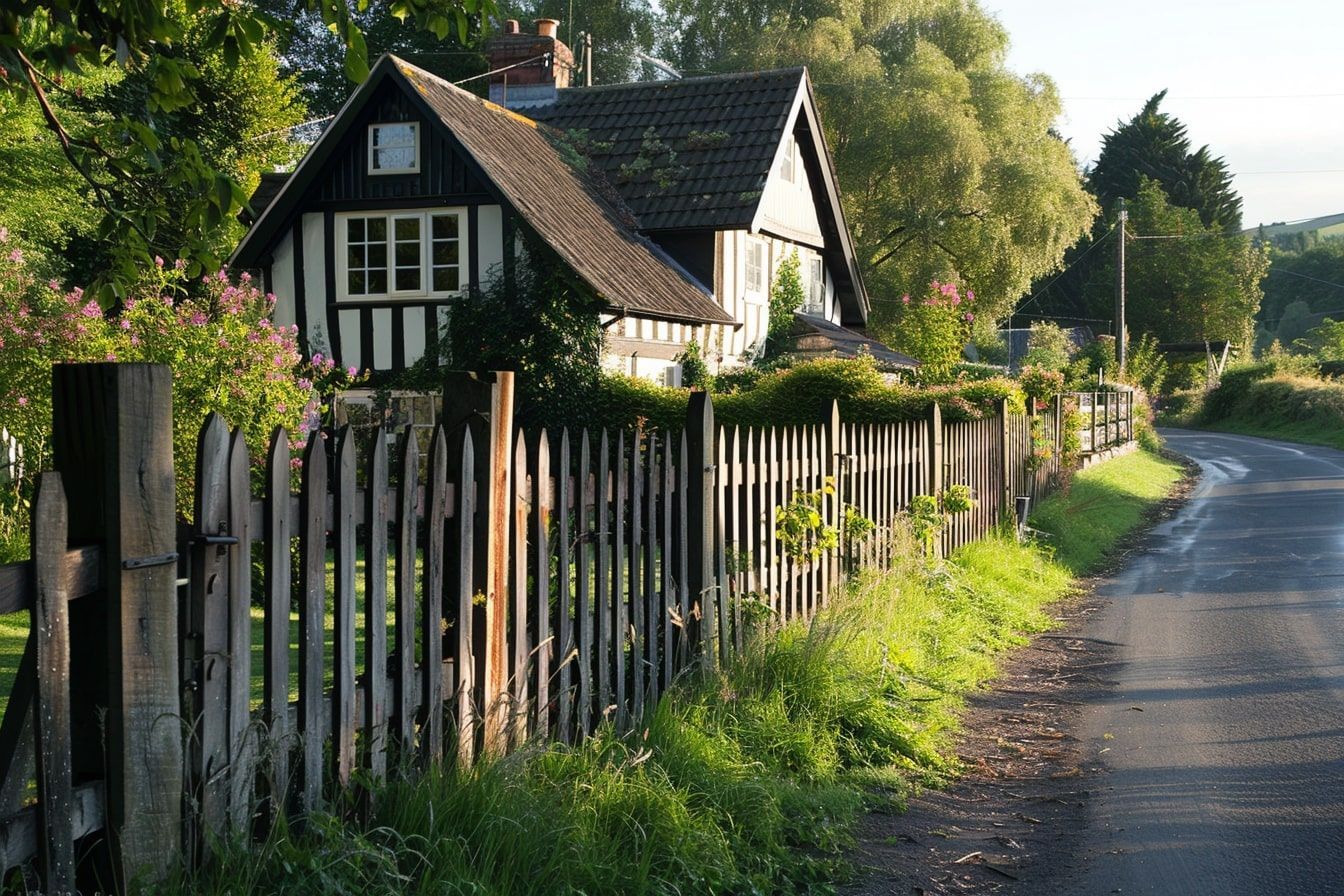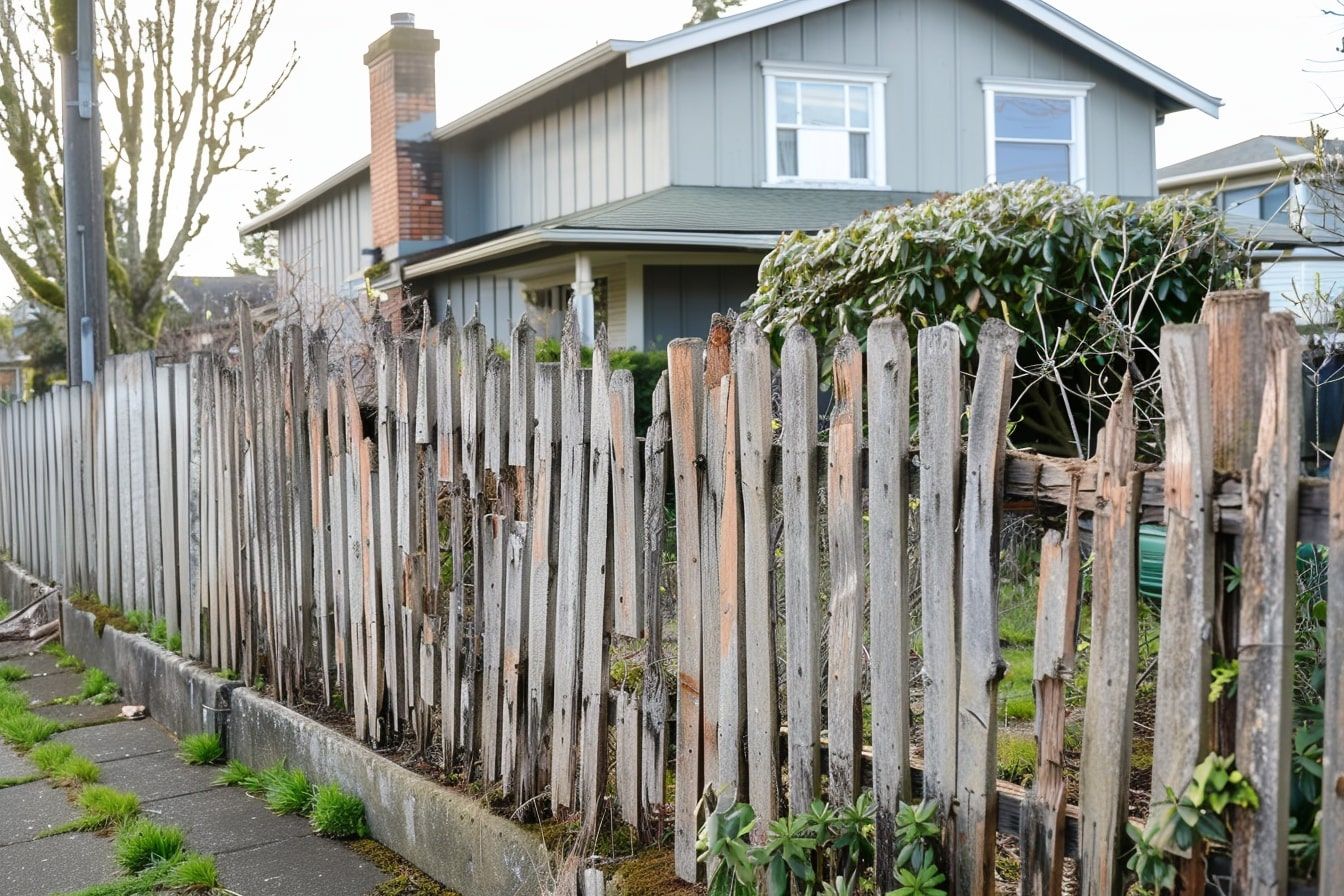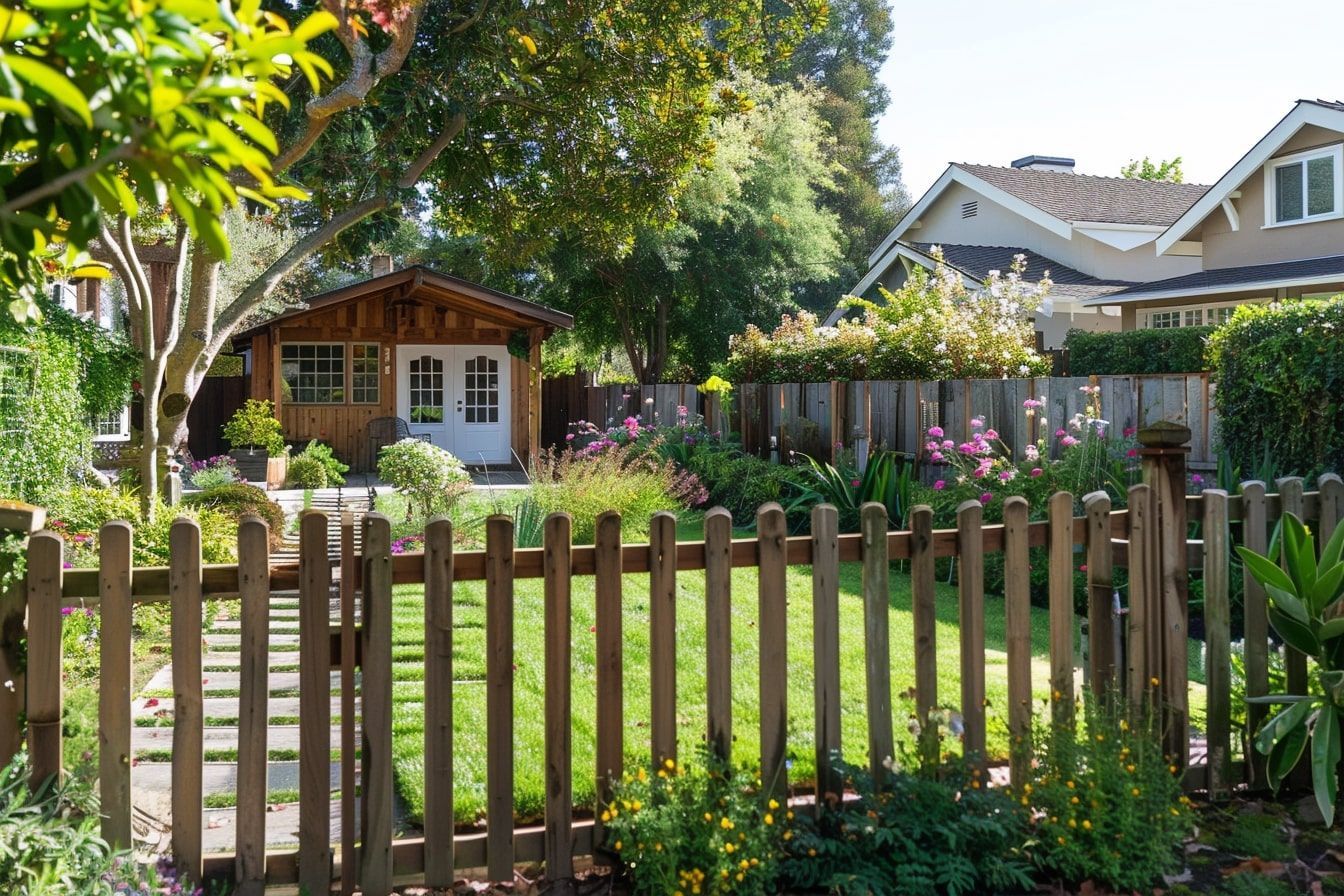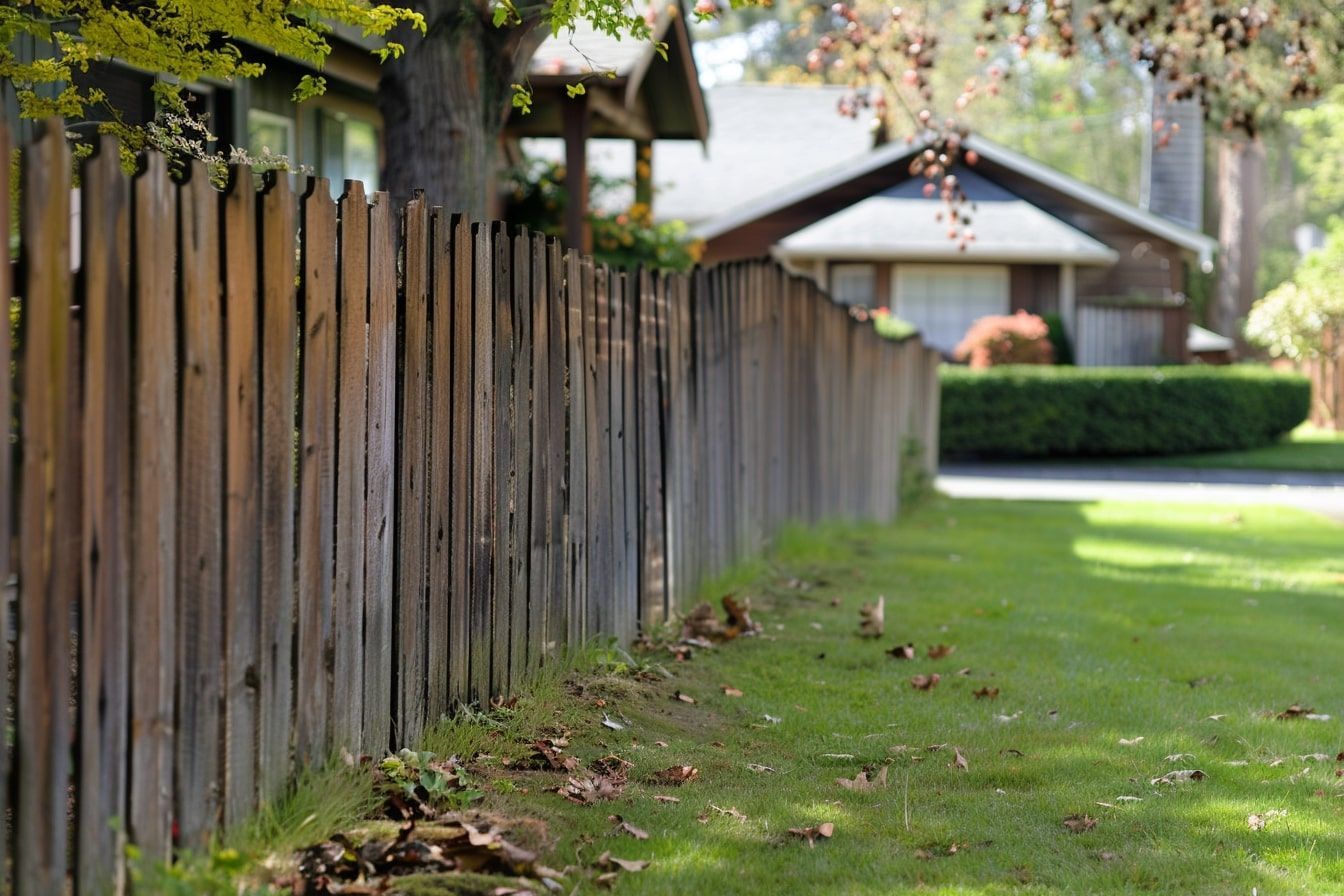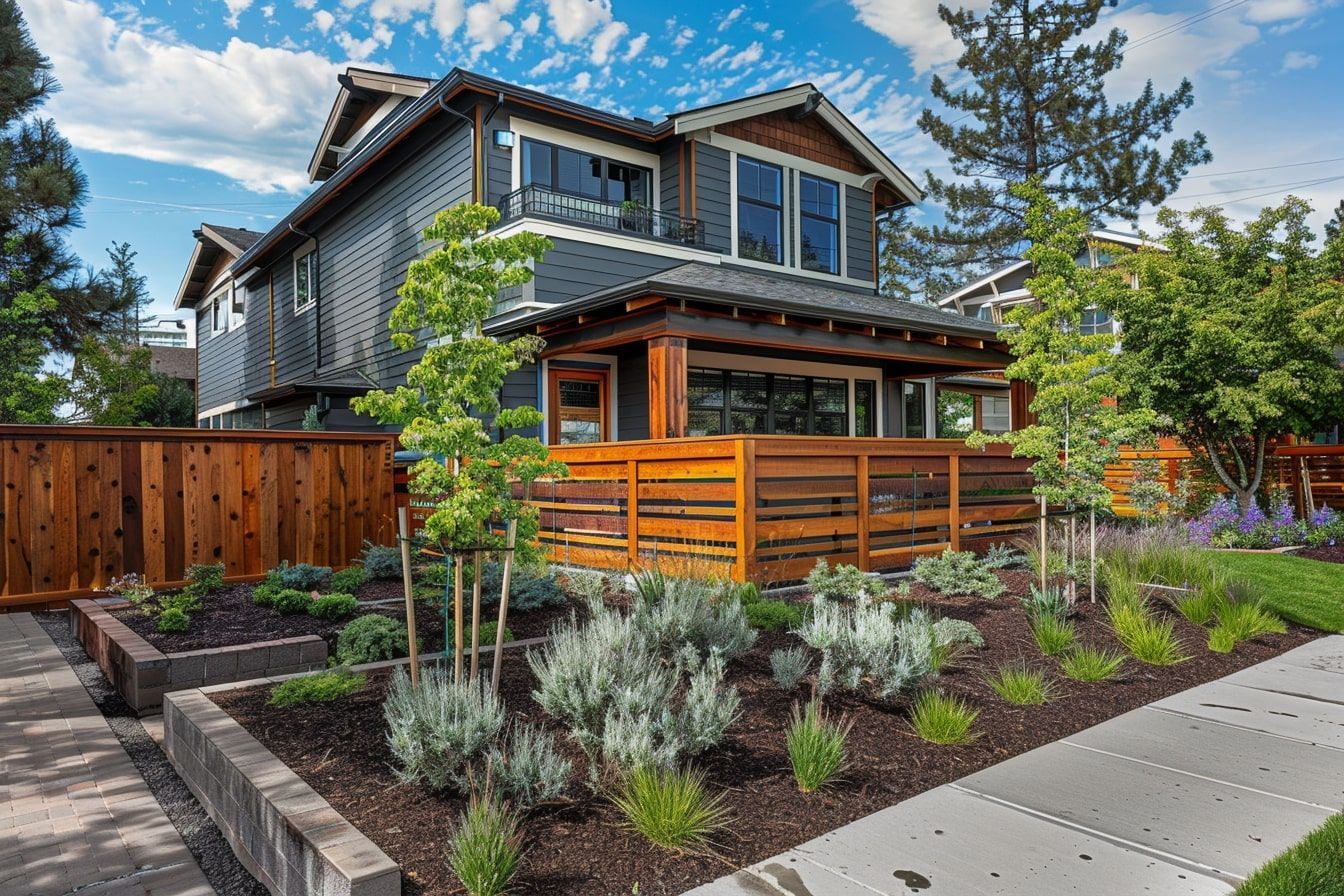How to Choose Local and Sustainable Wood for Your Fence
Are you looking to enhance your property with a beautiful wooden fence while supporting local economies and reducing your carbon footprint? Choosing local and sustainable wood for your fencing project is not only an environmentally responsible decision but also a great way to ensure quality and longevity. In this guide, we’ll walk you through the steps to select the best local, sustainable wood for your fence, providing you with practical tips and insights to make an informed choice.
Understanding the Importance of Local and Sustainable Wood
Why Choose Local Wood?
Local wood has several benefits that make it an excellent choice for fencing. Here are a few reasons why you should consider it:
- Supports Local Economy : Purchasing wood from local suppliers helps boost the local economy and supports small businesses in your area.
- Reduces Transportation Emissions : Local wood reduces the carbon footprint associated with transportation, contributing to a more sustainable environment.
- Ensures Freshness and Quality : Locally sourced wood is often fresher and of higher quality, as it hasn’t undergone long storage or transport periods.
What Makes Wood Sustainable?
Sustainable wood is harvested in a way that ensures the long-term health of forest ecosystems. Key factors include:
- Forest Stewardship Council (FSC) Certification : Look for wood that is FSC-certified, indicating it comes from responsibly managed forests.
- Selective Logging : This method involves carefully selecting and harvesting specific trees to minimize environmental impact.
- Replanting and Regrowth : Sustainable forestry practices include replanting trees and allowing forests to regenerate naturally.
How to Identify Local Sustainable Wood
Research Local Suppliers
Start by identifying local suppliers who specialize in sustainable wood. You can:
- Visit Local Lumber Yards : Many local lumber yards carry sustainably sourced wood.
- Check Online Directories : Websites like the Forest Stewardship Council (FSC) and Sustainable Forestry Initiative (SFI) offer directories of certified suppliers.
- Ask for Recommendations : Speak with local contractors or builders who may have experience with sustainable wood sources.
Ask the Right Questions
When you find potential suppliers, ask them:
- Is the wood locally sourced? : Ensure the wood is harvested from nearby forests.
- What certifications does the wood have? : Look for FSC or SFI certifications.
- What are the harvesting practices? : Confirm that the wood is harvested sustainably.
Types of Sustainable Wood for Fencing
Cedar
Benefits of Cedar
- Natural Resistance : Cedar is naturally resistant to rot, decay, and insect damage.
- Aesthetic Appeal : It has a beautiful, natural finish that enhances the look of any property.
Redwood
Benefits of Redwood
- Durability : Redwood is known for its strength and durability.
- Sustainability : It can be sustainably harvested from well-managed forests.
Pine
Benefits of Pine
- Affordability : Pine is generally more affordable than other types of wood.
- Pressure-Treated Options : Pressure-treated pine offers enhanced resistance to the elements.
Steps to Install a Sustainable Wood Fence
Step 1: Planning Your Fence
Before you start, plan your fence layout and gather necessary materials.
Step 2: Preparing the Ground
Clear the area where the fence will be installed and mark the post locations.
Step 3: Setting the Posts
Dig holes for the posts and set them in concrete to ensure stability.
Step 4: Attaching the Rails and Pickets
Once the posts are set, attach the rails and pickets, making sure everything is level.
Maintaining Your Sustainable Wood Fence
Regular Inspections
Inspect your fence regularly for any signs of damage or wear.
Cleaning and Sealing
Clean your fence periodically and apply a sealant to protect the wood from moisture and UV damage.
Repairing Damage
Address any damage promptly to prevent it from worsening.
Conclusion
Choosing local and sustainable wood for your fence is a decision that benefits both your property and the environment. By supporting local suppliers and opting for responsibly harvested wood, you contribute to a healthier planet and a stronger local economy. For more information and to get started on your sustainable fencing project, visit our website at RS Fence Installations and contact us for a free quote if you’re in the Macomb or Oakland County area. We’re here to help you create a beautiful, eco-friendly fence that stands the test of time.
External Resources
- For more detailed instructions on installing a wood fence, visit Lowe’s Installation Guide.
- To explore various wood fence design ideas, check out HGTV’s Wood Fence Design Gallery.
- Learn about the environmental benefits of wood fences at The American Forest Foundation.
The post How to Choose Local and Sustainable Wood for Your Fence appeared first on RS Fence Installations.
